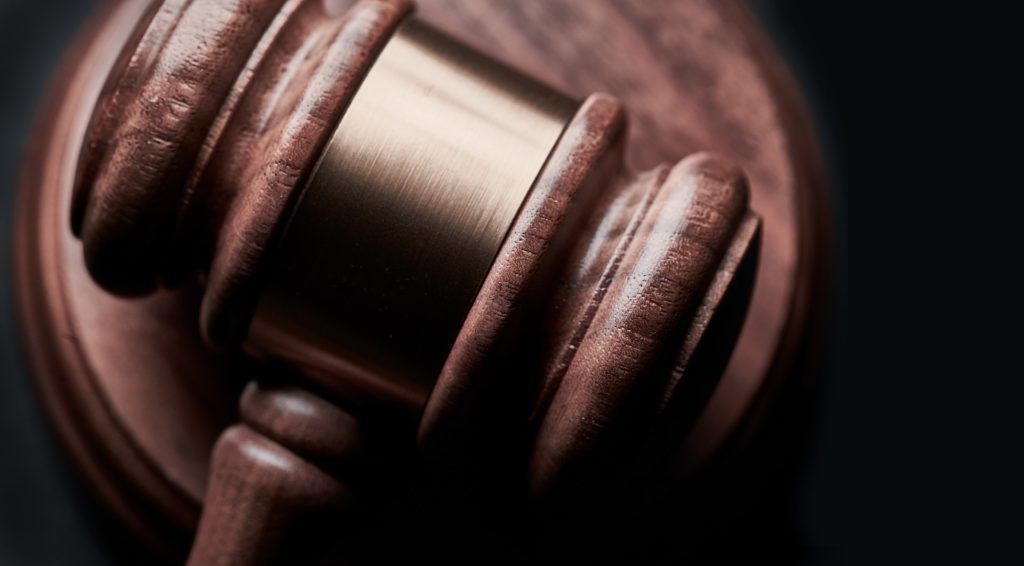
Filing a Lawsuit? Understanding the Process
Lawsuits are a result of disputes between businesses, individuals, or other entities. Most people make the first step to call an attorney to help them comply with the legal system’s procedures. However, you also need to know the critical steps involved in the process, although some aspects may differ from one state to another.
Still, there is a basic trajectory from the initial to the last step that all cases follow. It begins with the plaintiff filing a complaint that contains the claim against a defendant. The lawsuit then goes through discovery, followed by a trial, and finally, a verdict is given. An appeal can also follow if the party is dissatisfied with the outcome. Read on for more insights.
Filing a Complaint
The first step in any lawsuit starts with the plaintiff filing an official complaint. It lays out the plaintiff’s version of the defendant’s events or actions that caused harm to the complainant. It also contains details of the expected monetary compensation or an injunction.
Next, the defendant has an opportunity to respond to the plaintiff’s allegations. The accused response should include their version of events admitting any of the victims’ statements that are true or denying the false ones. Alternatively, they can raise counterclaims against the litigant.
The accused should provide an answer within a set timeframe. This is usually 20-30 days unless the court enters a default judgment against them. Consequently, the complainant ultimately wins the case without proof of the defendant’s wrongdoing.
Discovery
The lawsuit is now official. Both sides need to build a strong case by collecting evidence. It allows each side to understand their positions better and develop litigation strategies. Both parties can ask each other about the facts of the case or enquire from third parties. They can gather as many details as possible through interviews, interrogations, and requests for admission or copies of documents.
They can also conduct depositions by questioning witnesses under the attorney’s oath, and a court reporter records the answers. It helps to get more facts about a case and convince the jury to increase a settlement. Click here to learn more about increasing a settlement. The information is also used to question the witnesses’ credibility or show their inconsistencies during the trial process.
Motions
Before the trial process begins, both parties can use motions to end the case through a court rule or act. It’s a way of asking for dismissal, a specific relief, or judgment of the case. When one party files a motion, the other has a chance for a written response. The judge may also call for an oral argument.
At this point, the lawyers verbally explain their position. A decision is then made orally or in a written order or opinion, but either party can still appeal the decision.
Trial
The most important centerpiece in any lawsuit is the trial, although most cases will never get to this point. In the beginning, both parties starting with the plaintiff, present their evidence, including:
- Arguments
- Interviews
- Witnesses
- Documents
- Exhibits
- Expert testimonies
After the defense presents their case, the complainant has another chance to offer rebuttal evidence. Both sides can also evaluate the witnesses. Once each party has had their opportunity to present their case, they then make a final closing argument.
In a bench trial, the judge takes some time to deliberate until they reach a verdict or decision. In a jury trial, the judge directs the jury to apply the evidence legally. They then make a deliberation to reach a verdict.
Conclusion
If you were planning to use the legal system to get justice, you should expect to follow the above steps. In case you are dissatisfied with the final verdict, you can appeal to a higher court. Sometimes the process may seem confusing and complicated, but you can hire a lawyer to help through the entire procedure.











